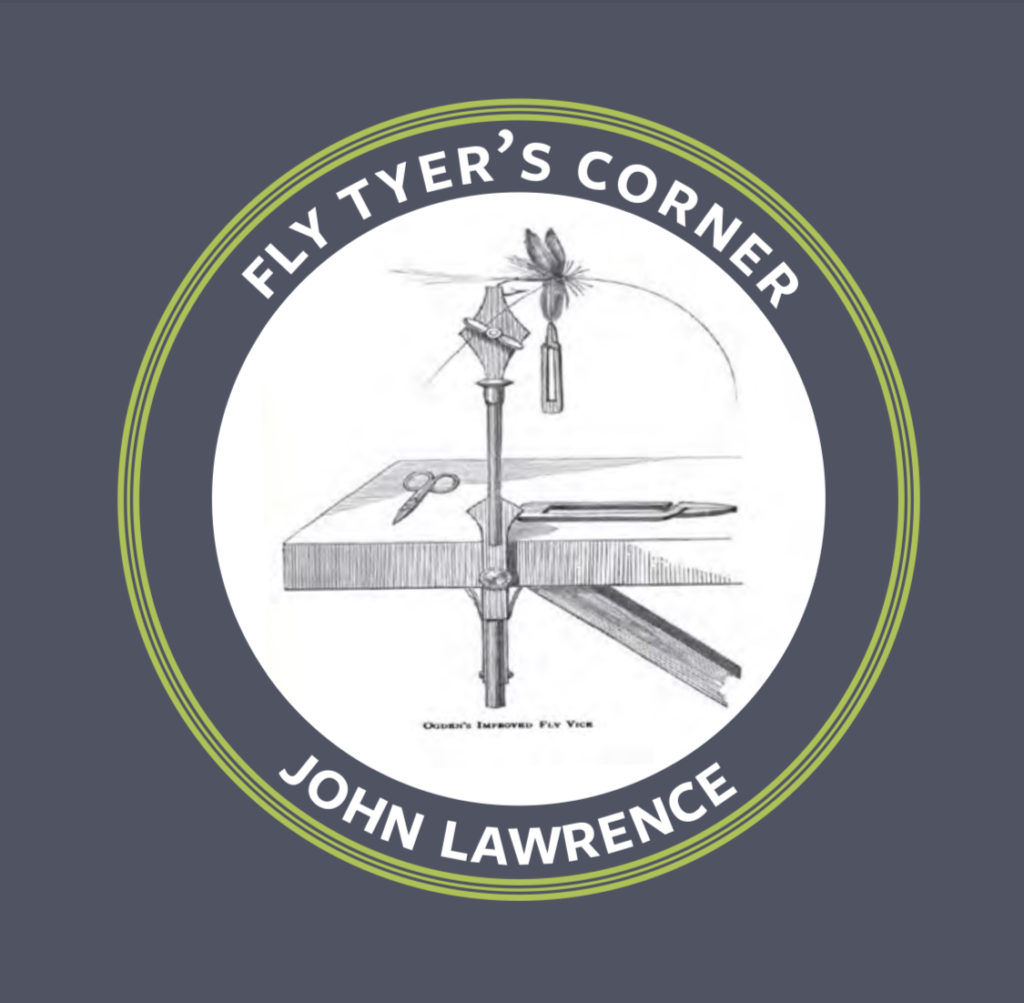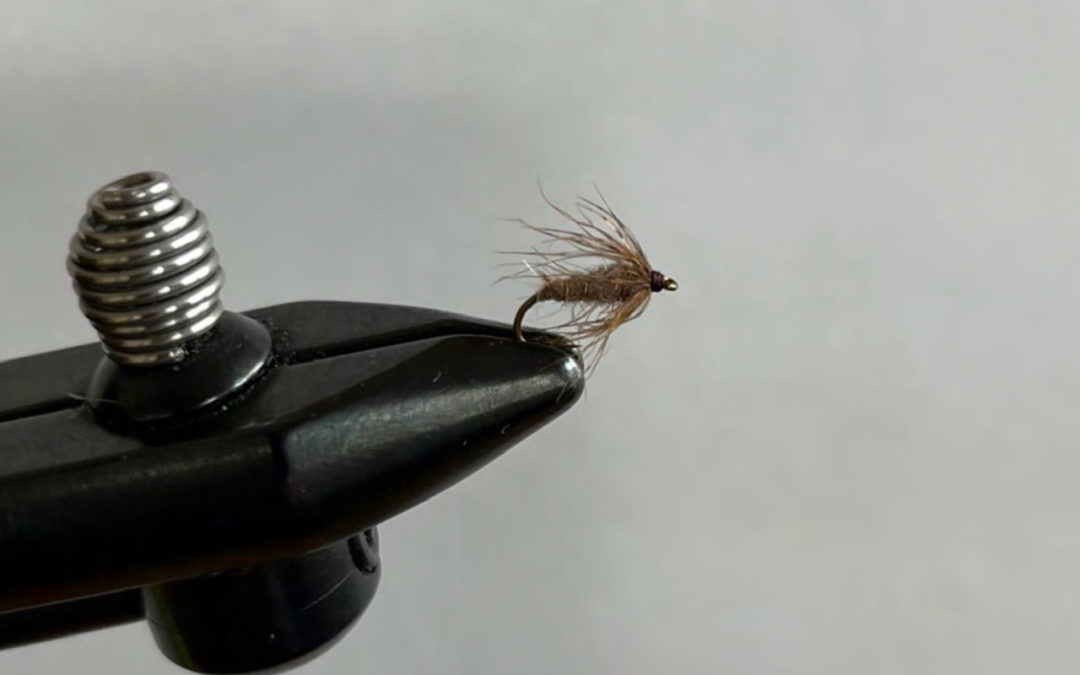As a fly fishing enthusiast and novice fly tyer back when I earnestly began pursuing this sport some 25 years ago, I was surprised to learn that 90% of trout eat their meals subsurface. Wanting to catch these finny critters, it seemed only reasonable that I should fish a minimum of 90% of my time subsurface. Researching effective nymph patterns to do just this led me to legend- ary fly tyer Skip Morris’ book,
The Art of Tying the Nymph. Paging through it I was drawn to Skip’s description of his March Brown Spider pattern, especially the portion of his description where he referred to it as his favorite search pattern. From there, I was metaphorically hooked.
Over the years I have made some slight modifications to Skip’s recipe, and these have worked very well for me on the Kinni, the Rush, the Root, and the northern triangle streams of Iowa as well. This versatile pattern can be tied with or without a bead, with my preference being to tie it without the bead. The pattern is also well suited to being tied on a jig hook for those preferring a Euro nymph presentation as well. If so inclined, I would recommend still sticking with only two hook sizes – 16 and 14.

Hook: Standard nymph hook, size 16, 1x long
Body: Waspi Awesome Possum Natural Nymph Dubbing
Thread: UNI-Thread 8/0, wine color
Rib: Gold UTC Ultra Wire, size small
Hackle: Hungarian Partridge feather dyed dark brown and sized to hook
If adding a bead: Use a 16 2x or 14 1x long hook to maintain thorax body length, add a brass or tungsten bead, three turns of lead-free wire, continue with steps 2-8
- Mount hook into vice.
- Secure thread and lay down a thread base by wrapping along the hook shank to just above the barb of the hook.
- Lay rib wire along the hook shank and wrap back towards the hook eyelet making sure to leave enough room to prevent “crowding” the head when the hackling step is completed.
- Apply a thin noodle of dubbing, wrapping down the hook shank and taking one wrap behind the ribbing wire before wrapping forward. Continue this wrapping process striving to get that “carrot shape” thorax body look.
- Wrap 4 to 6 turns of ribbing wire and tie off behind the hook eyelet.
- Size, prepare, and tie in hackling feather. Take 2 to 3 wraps before securing the feather behind the hook eyelet. Skip intends his pattern to be heavily hackled. I prefer the same as well.
- Check to see if any “gap” exists between the end of the dubbing and the hackling feather. If so, apply more dubbing to fill in that gap, again striving to maintain that “carrot shape” thorax body.
- Whip finish to complete the tie. The result should be a “pronounced” thread wrapped head which also serves as a hot spot to the fly.


